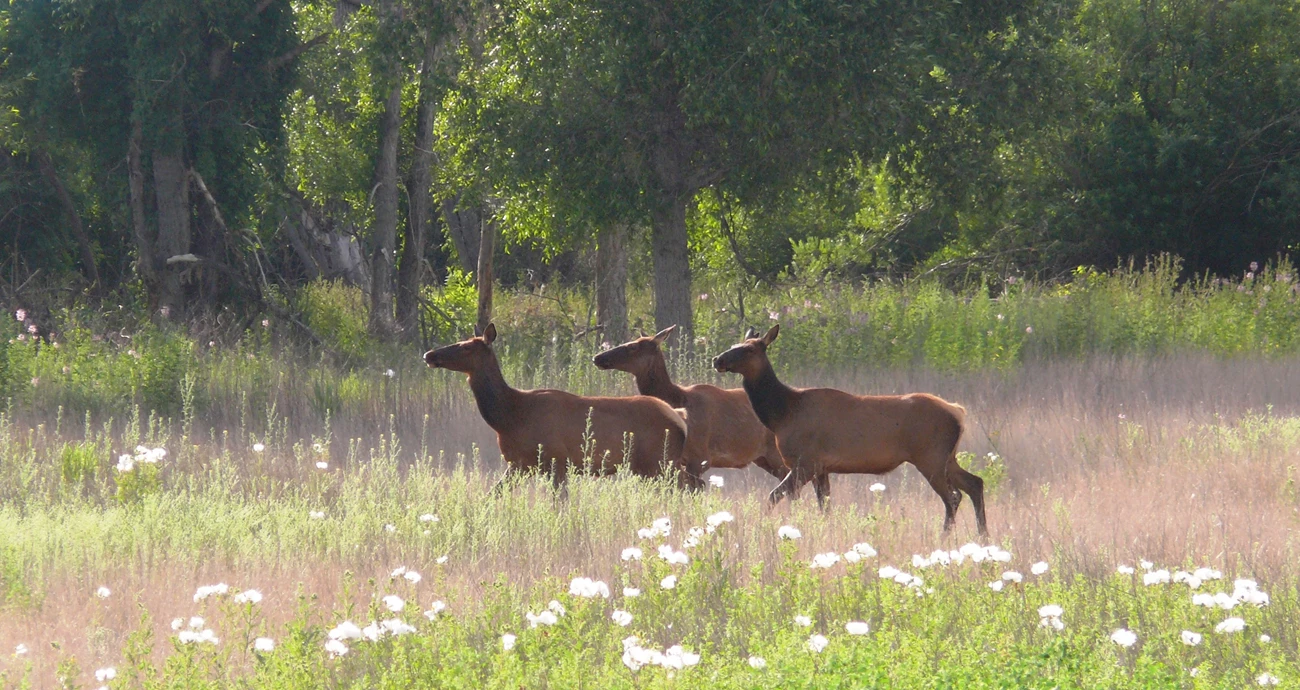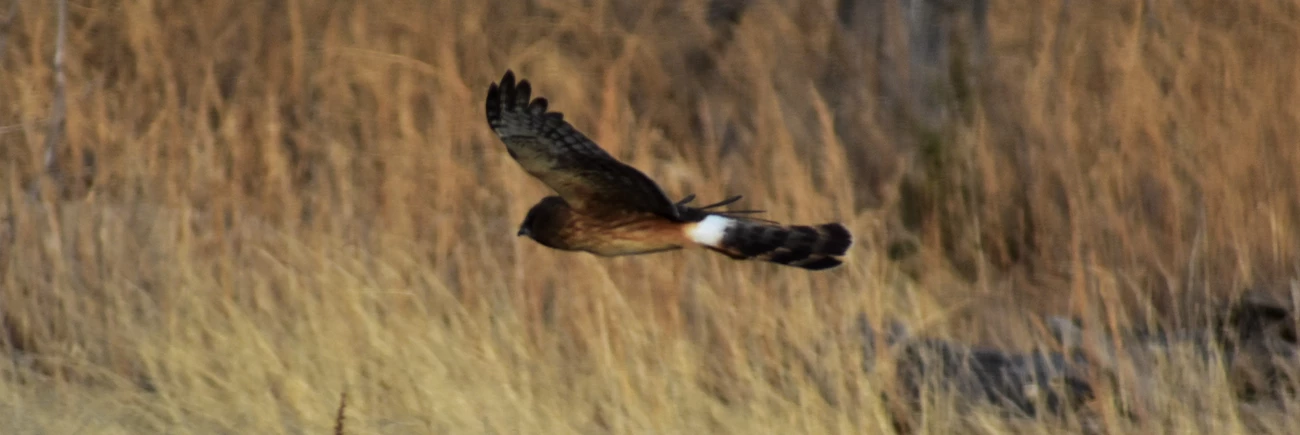
NPS Photo 
NPS Photo Little Houses on the PrairieMeadows and mesa tops throughout the Gila region host Earth's most abundant, and most threatened, terrestrial ecosystem. Grasslands take up about a third of all the land on the planet; they are home and haven to a wide array of plants and animals.Characterized by rainfall, having too much for a desert yet too little for a forest, there are two kinds of grassland in the world. Africa, Australia and Asia boast large tropical savannahs while temperate grasslands cover much of North America and eastern Europe. These temperate grasslands have richer soils than their tropical counterparts, in part because the burrowing animals that live there are constantly stirring the soil and introducing nutrients. Those nutrients yield healthy grasses and wildflowers which are enjoyed by large herds of grazing animals like deer and elk who, along with frequent wildfires, help to maintain the ecosystem. In addition, the grasslands act as hunting grounds for many birds of prey. 
NPS Photo 
NPS Photo It's Not Easy Being GreenGrasslands don't just attract hungry animals, but hungry humans as well. Because they are so ubiquitous in the world, are usually relatively flat and lack the obstacles of trees, prairies are often targeted to be used as agricultural lands. In some cases they are desicrated by large farming equipment as the soil is overturned to plant food crops. At other times they're used as grazing lands for livestock like cattle and sheep. Overgrazing is a common consequence that kills native plantlife and adversely affects biodiversity.This is a problem for the grazing animals that are endemic or naturalized to the area, but also for migratory animals that use grasslands as rest stops along their journey. The monarch butterfly, for example, is a frequent passerby in the Gila. Every spring and fall it flies across the entire northern hemisphere, relying on wildflowers growing in grasslands for the energizing nectar that makes such a monumental voyage possible. As grasslands recede, however, so do the monarch's sources for food, and the butterfly species is dwindling as a result. Many other animal species share this fate as human-caused habitat loss continues largely unabated. |
Last updated: January 18, 2021
